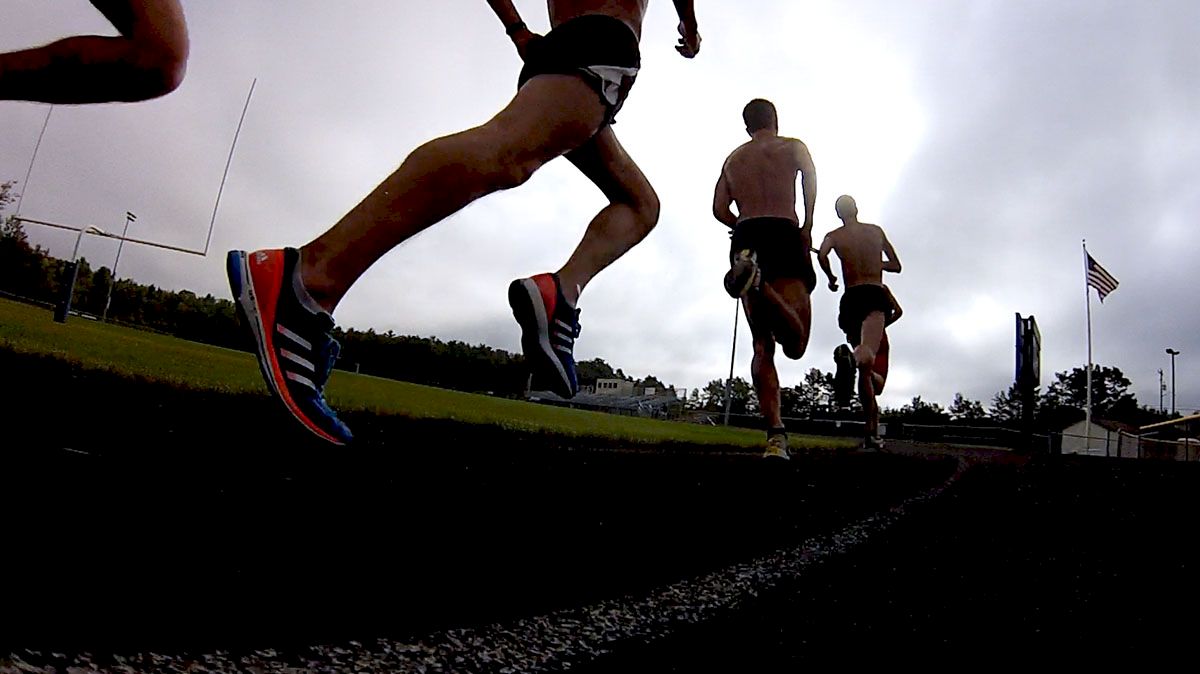Massaging Towards Recovery by Danny Mackey
Massaging Towards Recovery by Danny Mackey

Massaging Towards Recovery
By Danny Mackey M.S.
Hard training is only half of the equation to success, we need to recover. Just look back to the 38 year old Constantina Tomescu-Dita talking about one of her secrets to success after winning the Olympic Marathon Gold this year: http://www.dailycamera.com/news/2008/sep/22/sandrock-marathoners-coach-reflects-gold-medal-str/. Constantina speaks about sleeping, but there are other treatments athletes' can use to shorten the recovery time. Sports massages are one of the luxuries that we only hear elites receiving to aid in recovery. When you read “the day in the life of a so-and-so Olympian” a massage is often in the recipe of his or her training program. For the wanna-be elite or the runner simply trying to maximize his or her potential and get P.R., is that $60 an hour massage worth the benefit? The big rationale is that massages can help prevent injury and enhance recovery.
Massages are thought to decrease oedema (excessive accumulation of fluid in tissues or any body cavity, causing swelling), delayed onset muscle soreness (DOMS) and enhance blood lactate removal (what we specifically see after anaerobic exercise). A massage is supposed to work by increasing blood flow. I say “supposed” because some studies using ultrasound, venous occlusion pethysmography (this uses a cuff to reduce arterial diameter and flow velocity) to quantify this blood flow found no increase in blood flow after using a massage. Some studies have shown an increase in skin blood flow, which may conclude that the blood flow is being diverted from the muscle. Though, no difference in muscle temperature was found in these studies, suggesting that the blood flow was unchanged.
Typically an athlete gets a massage after a hard workout to remove the blood lactate. We do know that the more blood flow through a muscle, the faster blood lactate removal. But, from the paragraph above we also know the massage does not help with blood flow. So a more effective method to increase blood flow and blood lactate removal would be light activity, and it is free. Light activity could be a 20-30 minute jog, a bike ride, or an aqua jog. This is one reason to get that second easy session in on hard workout days.
If you are anything like me, I have always thought the deeper or more painful the massage, the better. I mean, we are runners; pain is our middle name right? There was a study looking at creatine kinase and myoglobin concentrations (sensitive markers which are proteins found in muscle damage) after a massage and also after no treatment. These markers were significantly higher in athletes treated with massage. So in some cases we could actually be increasing our chances of fatigue or injury.
I can see the massage therapists getting ready to write the hate postings, hold on! Several studies have found that massages reduce the intensity and tenderness of sore muscles. Furthermore, if an athlete gets the massage 48 hours after exercise (specifically 48 hours, not 24 or 72), studies showed a drop in DOMS (though not ALL studies had this conclusion). Another study found that athletes maintained their power in subsequent workouts and quicker turnover in jumping drills following massages. Much of the studies have noted that the subjects' perception shows a positive improvement, even if it physiology did not back the mind. This point could open a good discussion about the mind/body relationship, and even more so, that science does not know everything. Oh then, what is really "science", you can see where I'm going. On the other hand, if an athlete perceives to be recovered and in reality is not, than he or she might push to hard in the next workout and increase their chances of an injury.
The point I brought up earlier was massages being used to treat injuries and shorten rehab time. Anecdotally, I have experienced great results from sports massages and trigger point release with a year long IT-Band injury. I do not want to talk about that realm today, but feel it is important to give the acknowledgement. But, in terms of recovery, most evidence does not support massage for benefiting recovery physiologically. Psychologically the mind has another agenda though, good luck arguing with the mind.
1) Ebbeling CB, Clarkson PM. Exercise-induced muscle damage and adaptation. Sports Med 1989; 7: 207-34
2) Kraemer WJ, Bush JA, Wickman RB, et al. Influence of compression therapy on symptoms following soft tissue injury from maximal eccentric exercise. J Orthhop Sports Phys Ther 2001; 31: 282-90
3) Tiidus PM, Shoemarker JK. Effleurage massage, muscle blood flow and long-term post-exercise strength recovery. Int J Sports Med 1995; 16: 478-83